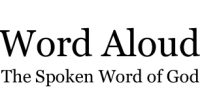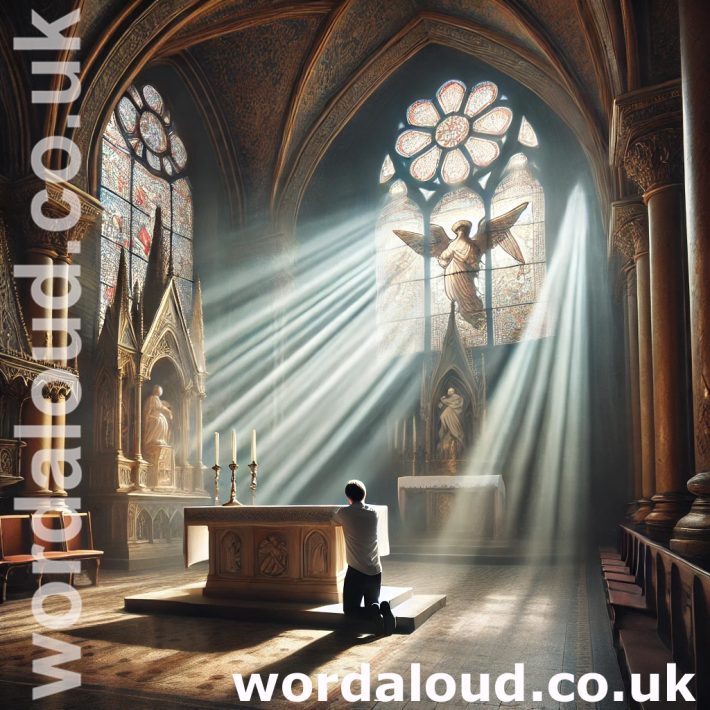Christian Art | George Herbert | The Temple | The Church | Our Life Is Hid With Christ In God
George Herbert | The Temple | The Church | Our Life Is Hid With Christ In God (Colossians 3:3)
My words and thoughts do both expresse this notion,
That Life hath with the sun a double motion.
The first Is straight, and our diurnall friend,
The other Hid, and doth obliquely bend.
One life is wrapt In flesh, and tends to earth.
The other winds towards Him, whose happie birth
Taught me to live here so, That still one eye
Should aim and shoot at that which Is on high:
Quitting with daily labour all My pleasure,
To gain at harvest an eternall Treasure.

![]()
George Herbert | The Temple | The Church | Our Life Is Hid With Christ In God (Colossians 3:3)
George Herbert meditates on dual nature of human life, aligning life’s movements with the sun’s dual motion. This interplay of the physical and spiritual mirrors central theological concerns of the 17th century, particularly the relationship between earthly existence and pursuit of eternal salvation.
The poem opens with an analogy between life and the sun, introducing the idea of ‘double motion’. The sun moves in two ways: directly visible in its daily, diurnal path, and indirectly in its less perceivable, oblique course. Herbert parallels this with human life, which operates on two levels. The first is physical, grounded in earthly existence, while the second is spiritual, aimed toward God. The contrast between the ‘straight’ and ‘hidden’ motions captures the tension between the visible, tangible aspects of life and the invisible, divine purposes that guide the soul.
Herbert uses simple yet precise language to articulate this theological duality. The ‘life…wrapt in flesh’ represents human mortality and material concerns, tethered to earth. In contrast, the spiritual life ‘winds towards Him’, emphasizing the soul’s journey back to God. The verb ‘winds’ suggests a gradual, deliberate ascent, highlighting effort required to align one’s life with divine will. This juxtaposition of two lives emphasizes their coexistence and mutual influence.
Reference to Christ’s ‘happie birth’ situates the poem within the Christian narrative of redemption. The incarnation, Christ taking on human form, provides the model for how to navigate this dual existence. Herbert suggests that Christ’s life teaches believers to keep ‘one eye’ fixed on heavenly goals, even while engaging in the labour of daily life. This imagery of aiming and shooting evokes both precision and intention, reflecting Herbert’s view that spiritual discipline requires constant focus.
Herbert’s exploration of the tension between labour and pleasure reveals his theological priorities. The line ‘Quitting with daily labour all My pleasure’ suggests that earthly enjoyment must be sacrificed for spiritual reward. The ‘harvest’ metaphor draws on biblical imagery, particularly the parable of the sower, where life’s actions yield eternal consequences. The ‘eternal Treasure’ is both the culmination of this labour and the ultimate goal of the Christian life—union with God.
Formally, the poem is tightly structured, with balanced lines that reflect the harmony Herbert seeks between the earthly and divine. The rhyme scheme and rhythmic flow reinforce the contemplative tone, guiding the reader through Herbert’s logical progression. The poem’s structure itself mirrors its theme, with its ordered form suggesting the divine order inherent in life’s dual motions.
The tone of the poem is instructive yet reflective, offering a personal account of the poet’s spiritual journey. Herbert presents himself as a model for the reader, embodying struggle to balance temporal duties with eternal aspirations. The final lines emphasize resolution and hope, suggesting that by aligning one’s life with God’s purposes, earthly toil becomes meaningful.
Herbert’s poem is a concise yet profound reflection on the dual nature of human existence. By aligning the movements of life with the sun’s dual motion, he explores the tension between temporal labour and eternal reward, offering a vision of life rooted in divine purpose and ultimate fulfilment.








